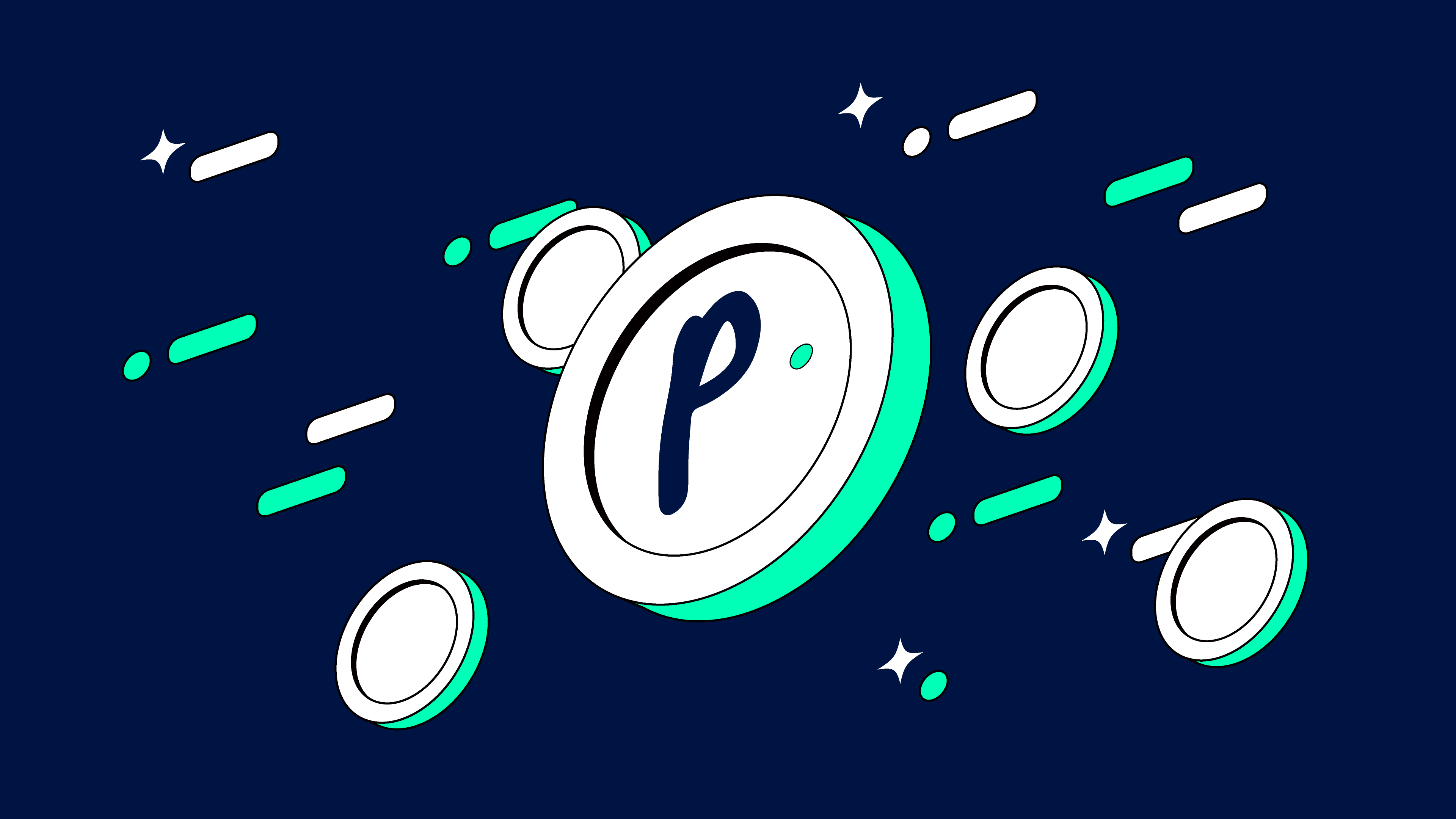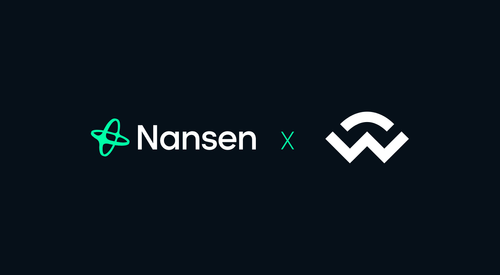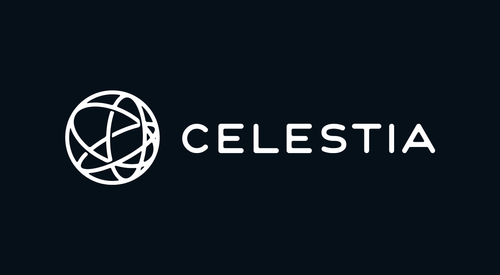What is Picasso Network?
Picasso Network is one of the leading protocols today that aims to serve as the interoperability solution across different blockchain ecosystems. Picasso is tackling this by building on Inter Blockchain Communication (IBC) protocol and expanding it beyond the Cosmos ecosystem, extending its trustless bridging and cross-chain infrastructure.
In 2023, they successfully connected the Polkadot, Kusama, and Cosmos ecosystems via their IBC integrations. In 2024, they aim to connect Ethereum L1, Solana, and NEAR. Besides their IBC integrations, their roadmap expands a lot more to include many more catalysts. From their interoperability layer and core infrastructure, they plan on launching several promising features including:
- Restaking: An EigenLayer-like solution for the Solana ecosystem
- Cross-Chain Interoperability: Expanding IBC to Solana, Ethereum, NEAR, and others
- Cross-chain Intents: Composable Virtual Machine (CVM)
- Liquid Staking Derivatives: for Polkadot ecosystem
- and more…
Why PICA?
PICA is the native token that powers two chains - the Picasso chain (Kusama chain) and the Composable Cosmos Chain (Cosmos chain). Together, these chains bridge multiple ecosystems, with PICA at the foundation of all transfer activity across the Cosmos, Polkadot, and Kusama ecosystems. So far, these connections have processed over $50m in transfer volume and over 50,000 transactions across mainnet and testnets according to the Composable Foundation.
Furthermore, the market has been favorable towards PICA, and the token has largely outperformed to the upside in Q4 2023 with volumes increasing on Osmosis.
PICA now sits around a $59m MC and a $117m FDV with PICA trading around $0.0117. Given the token has performed well, what exactly is its target market and is there room to grow?
The Addressable Market
Picasso’s roadmap is ambitious and it covers what we see as a few key narratives into 2024:
- Cross-chain interoperability and intents
- Restaking (Eigenlayer)
- Liquid Staking Derivatives (LSDs)
Cross-chain Interoperability
Picasso’s main goal is to expand IBC to other ecosystems outside the Cosmos ecosystem. For context, IBC has facilitated over $3.5b in monthly transfer volumes alone as of January 3rd, comprising mainly Cosmos-based chains. Opening IBC to some of the largest ecosystems such as Solana, Ethereum, and NEAR is a huge opportunity for Picasso Network. IBC isn't only just used for token transfers, it also covers cross-chain token trading and much more. PICA, Picasso’s native token, stands to benefit, in our view, as it sits at the center of all this cross-chain activity.
Picasso aims to expand the functionality of its cross-chain infrastructure by implementing its VM called Composable Virtual Machine. This will allow for a native intent-based experience, where users would only have to sign 1 transaction and have their intentions be more efficiently executed across all IBC-connected chains and applications.
Restaking
The potential of restaking has been a cause of great excitement in the Ethereum community where ETH stakers can put their staked ETH assets to work for additional yield. Looking at Eigenlayer below, it has quickly reached its caps, showing the large demand for restaking. The protocol has hit its most recent cap with TVL, now surpassing $1.1b at the time of writing.
Picasso plans on launching a similar product on top of Solana, using jitoSOL at the core of it. jitoSOL holds over $640m in TVL at the time of writing with SOL trading just below $100. Without any future deposits or upward price changes, this represents a largely untapped market for which there is clear demand based on Ethereum.
LSDs for Polkadot
Picasso is planning on launching an LSD for DOT in Q1 2024, with the ability for DOT holders to restake their tokens to facilitate middleware and applications on different chains. This brings forward a strong use case for their LSD token, LSDOT. DOT has a current market cap of over $10b, with over 50% of DOT tokens already staked, representing a $5b+ market for an LSD solution such as LSDOT.
Demand for LSDs is very apparent, we can look no further than Ethereum as a prime example of this growth:
Throughout 2023, some of the top LSD protocols have only accelerated in terms of traction based on ETH deposits. With things like Eigenlayer placing LSDs at the center of its restaking primitive, we expect this trend to continue to increase. Given Polkadot’s large staked market, we can expect very large demand out the door when stakers can earn extra yield with their rehypothecated capital via Picasso Network.
2023 Outperformance
PICA launched in 2022 but a lot of its trading has picked up at the end of 2023. Below, we compare the price performance of PICA vs LDO, SOL, and INJ to show how it performed vs the top LSD protocol and some of the top performers:
PICA is up over 1,800% since September 1st, 2023, significantly outperforming LDO, SOL, and INJ.
Given it significantly outperformed SOL and INJ and the top LSD provider in 2023, what’s next for Picasso?
Catalysts for Picasso Network
Picasso covers a wide array of initiatives on their roadmap that touch a lot of narratives into 2024. Among these milestones, let’s focus on those likely to catalyze potential revenues to PICA holders. As a liquid staking provider, a catalyst can be defined as anything that will help Picasso issue more LSDs, thus, increasing its revenues for stakers. As a cross-chain solution, a lot of revenues would be downstream of the activity of IBC through Picasso. The more it is used as an interoperability solution, the more fees are driven to PICA stakers. In short, we will briefly list some of Picasso’s catalysts that we think can benefit the way the market values PICA.
Short to Mid-Term Drivers
- Restaking and Launch of LSDOT (Q1)
- Allow DOT stakers to secure other chains or applications on different chains via LSDOT.
- Ethereum IBC Launch (Q1)
- Allow Ethereum to seamlessly connect with Cosmos chains (i.e INJ, TIA, OSMO) without having to use trusted bridges.
- Solana IBC and Restaking (2024)
- Tap into the $640m JITO liquidity to secure other middleware and applications.
- Cross-Chain Intents (2024)
- Picasso is building their intent-centric framework on top of IBC to abstract away the complexity of multichain.
What do I get as a PICA Holder?
- PICA tokens give holders governance rights over updates in the protocol.
- PICA is the native token of the Picasso network and powers two blockchains - a Kusama chain (Picasso Network) and a Cosmos chain (Composable Cosmos chain).
- Ability to stake to secure the Composable Cosmos Chain which gives access to staking rewards.
- PICA earns a share of the revenue generated via IBC transfer volumes through Composable.
- PICA is the native gas token on the Picasso Network and the Composable Cosmos chain.
- Once liquid staking is enabled for DOT, PICA holders will receive a percentage of staking rewards generated on the platform. This fee sharing ties PICA staking revenues with the TVL it supports from LSDOT - more TVL on Picasso = more revenues for PICA holders.
Can the team deliver?
The team has been shipping for many years and has successfully connected the Polkadot/Kusama and Cosmos ecosystems via IBC in 2023. A lot of their current roadmap is well on its way, with either live testnets for some of their IBC deployments which can be found here for ETH, and a demo for SOL.
The team is experienced and was the first to expand IBC outside the Cosmos ecosystem to Polkadot and Kusama. Despite their historical accomplishments and exciting roadmap, zachxbt did pursue some allegations about a team member here in 2022. We are not here to comment on this but wanted to include it in light of the available information.
Valuation
- PICA currently has a market cap of $62m and FDV of $124m (MC/FDV ratio of 51%).
- PICA may be undervalued given the potential revenues for PICA stakers that are pinned on the many catalysts mentioned above. These catalysts will probably greatly increase the addressable market of Picasso to billions of untapped markets such as Polkadot and Solana restaking, cross-chain infrastructure, and much more.
- Most of the trading is done on Osmosis at the time of writing, with Pablo DEX (Picasso’s native DEX), Shade Protocol, and Gate. io as the other main exchanges. There is a current proposal to deploy PICA on Ethereum and expected to be soon for Solana.



